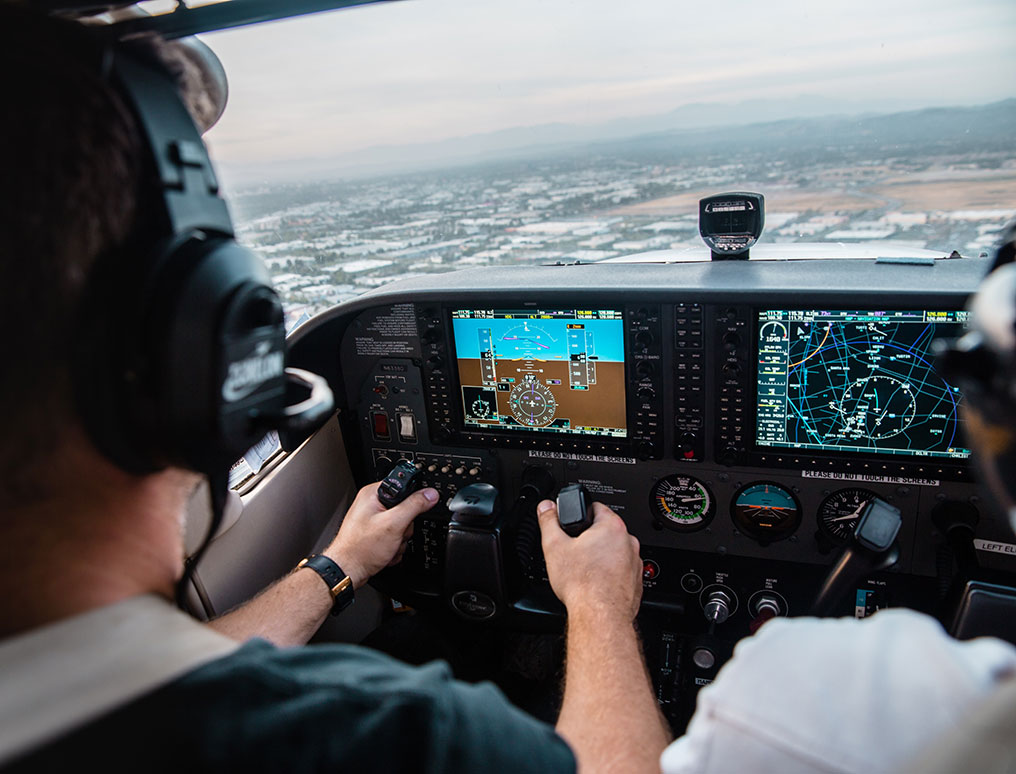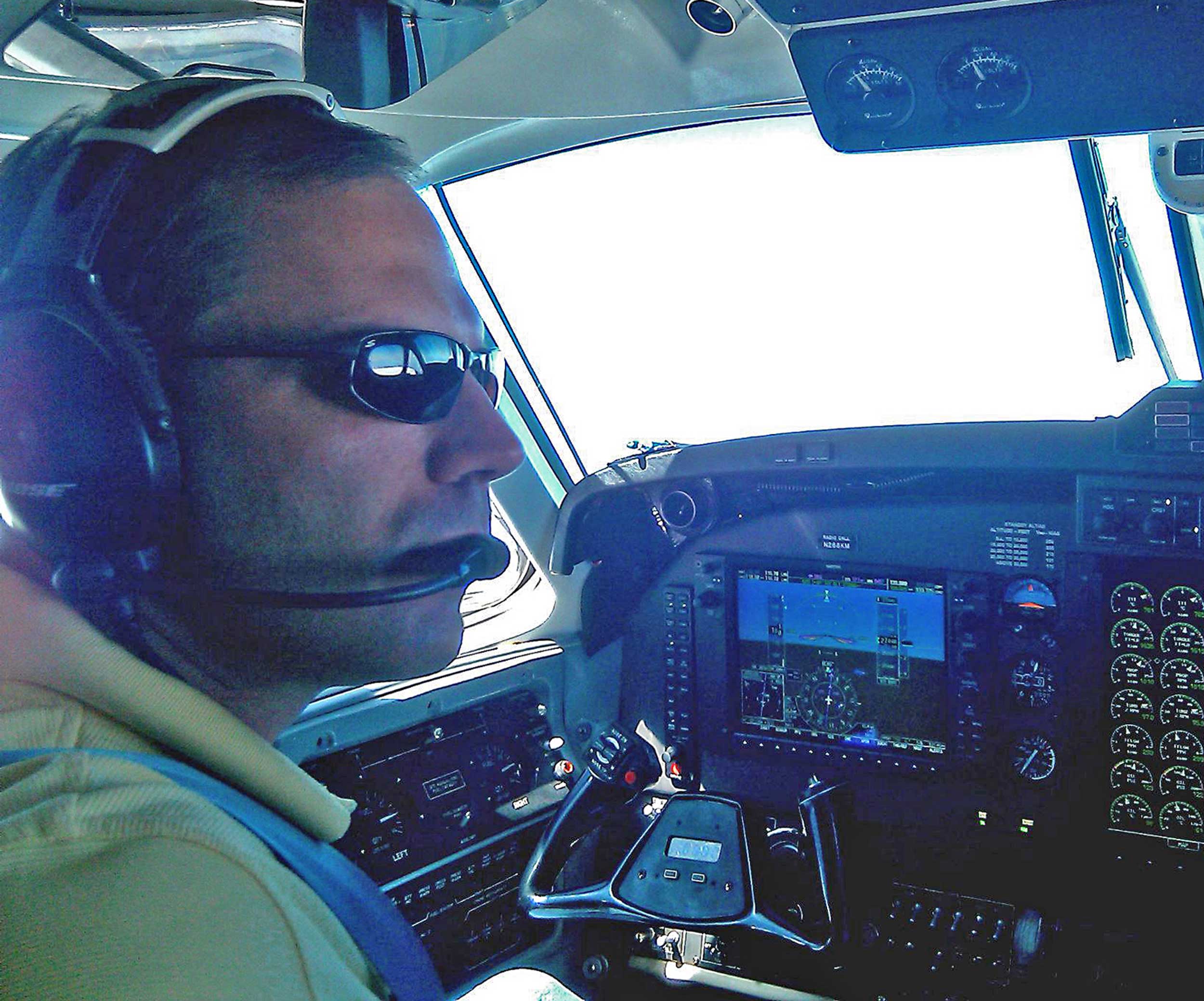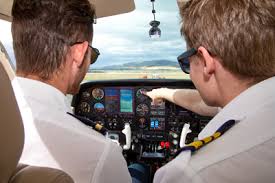
Learning to fly in Canada offers a unique and enriching experience for aspiring pilots. Renowned for its vast and diverse landscapes, Canada provides an unparalleled backdrop for pilot training, ranging from scenic coastlines to majestic mountains and expansive prairies. The country’s well-established aviation infrastructure, coupled with rigorous safety standards, ensures a comprehensive and top-tier education. With a multitude of airports and aerodromes, aspiring aviators have the opportunity to hone their skills in various weather conditions and terrains.
The Canadian aviation community is known for its welcoming and collaborative spirit, fostering a sense of camaraderie among fellow pilots. Additionally, acquiring a pilot’s license in Canada opens doors to a global aviation network, allowing pilots to take advantage of international opportunities. Whether aspiring to become a private pilot or aiming for a career in commercial aviation, choosing to learn to fly in Canada provides an exceptional foundation for a successful and fulfilling journey into the world of aviation.
Getting Started: The Requirements – Private Pilots Licence
- Age Requirement:
- To begin your pilot training, you must be a minimum of seventeen years of age.
- Medical Fitness:
- Hold a Category 1 or 3 Medical Certificate valid for a Private Pilot License – Aeroplanes.
- Knowledge:
- Complete a minimum of 40 hours of private pilot aeroplane ground school instruction.
- Achieve a minimum of 60% in each of the four mandatory subject areas, as well as in the overall written examination for the Private Pilot License – Aeroplane (PPAER).
- Experience:
- Under the direction and supervision of a Flight Instructor, complete a minimum of 45 hours of private pilot flight training in aeroplanes.
- The flight training must include 17 hours of dual instruction flight time, 3 hours of cross-country flight time, and 5 hours of instrument time, with a maximum of 3 hours for instrument ground time.
- Additionally, complete 12 hours of solo flight time, including 5 hours of cross-country flight time covering a minimum of 150 nautical miles, with 2 full-stop landings at points other than the point of departure.
- Skill:
- Successfully complete a flight test as the pilot-in-command of an aeroplane, following Schedule 3 “Flight Test for the Issuance of a Private Pilot Licence – Aeroplane” of Standard 428 – Conduct of Flight Tests.
- Credits:
- Applicants with existing licenses or permits may receive credits for knowledge and experience requirements, reducing the ground instruction or flight training hours.
- Credits for DND Applicants:
- Active and retired Canadian Forces personnel meeting specific criteria may receive credits for ground school instruction, written examination, flight time, and skill requirements.
- Licence Issued on the Basis of Foreign Licence:
- Holders of a Private or higher pilot licence – Aeroplane from a Contracting State may receive credits for ground school instruction, written examination, and flight test requirements.
- Credits for Foreign Applicants:
- Foreign applicants may be considered for credits based on their existing licenses or permits, subject to certification from a Flight Instructor Rating – Aeroplane.
Level Up: Commercial Pilots Licence
1. Age Requirement:
- As a prerequisite, you must be a minimum of eighteen years of age to start your journey towards becoming a commercial pilot.
2. Medical Fitness:
- Obtain a Category 1 Medical Certificate valid for a Commercial Pilot Licence – Aeroplane.
- The medical certificate ensures that you can exercise the privileges of a Private Pilot Licence – Aeroplane until the end of the specified medical period.
- Maintain your licence with a valid Category 1 Medical Certificate.
3. Knowledge:
- Ground School Instruction:
- Complete a minimum of 80 hours of commercial pilot aeroplane ground school instruction.
- Graduates from approved integrated courses should fulfill applicable course requirements as per Canadian Aviation Regulations (CARs) section 426.75.
- Written Examination:
- Achieve a minimum of 60% in each of the four mandatory subject areas and the overall written examination for the Commercial Pilot Licence — Aeroplane (CPAER).
- Graduates from approved integrated courses should meet the relevant course requirements in CARs section 426.75.
4. Experience:
- Accumulate a minimum of 200 hours of flight time in aeroplanes, including:
- At least 100 hours as pilot-in-command, with 20 hours dedicated to cross-country pilot-in-command flight time.
- After obtaining a private pilot licence — Aeroplane, complete 65 hours of commercial pilot flight training in aeroplanes, covering dual instruction flight time, night flight time, cross-country flight time, and instrument flight time.
- Fulfill specific solo flight time requirements, emphasizing the improvement of general flying skills and including a cross-country flight of a minimum 300 nautical mile radius.
5. Skill:
- Successfully complete a flight test as pilot-in-command of an aeroplane, following Schedule 4 “Flight Test for the Issuance of a Commercial Pilot Licence – Aeroplane” of Standard 428 — Conduct of Flight Tests.
6. Restricted Licence – Daylight Flying:
- If night flight time requirements are incomplete, the licence may be restricted to daylight flying, provided other dual instruction and solo flight time requirements are met.
- The restriction can be removed upon completing the night flight time requirements or if the applicant holds a pilot licence – helicopter valid for night flying.
7. Credits:
- Knowledge Credits:
- Applicants with a Commercial Pilot Licence – Helicopter or higher receive credits for 20 hours of the 80-hour ground school instruction requirement.
- In lieu of completing the CPAER written examination, applicants may obtain a minimum of 60% in the Commercial Pilot Licence (Aeroplane) – Alternate Category (CARAC) written examination.
- Experience Credits:
- Credits may be claimed for flight time if the applicant holds a permit or licence in another aircraft category, with specific conditions for helicopter, glider, three-axis ultra-light aeroplane, and instrument flight time.
8. Credits for Canadian Forces Applicants:
- Active and retired Canadian Forces personnel with aeroplane wings standard receive credits for ground school instruction, written examination, skill requirement, and the need for a Private Pilot Licence, subject to meeting specific flight time and written examination criteria.
9. Credits for Foreign Applicants:
- Foreign applicants holding a commercial or higher type pilot licence in the aeroplane category, issued by a contracting state, are considered to have met the ground school requirement if they meet specified flight time requirements.
Highest Level: ATPL Airline Transport Licence
1. Age Requirement:
- The journey begins at a minimum of twenty-one years of age, ensuring the maturity required for the responsibilities of an airline transport pilot.
2. Medical Fitness:
- Obtain a Category 1 Medical Certificate valid for an Airline Transport Pilot Licence – Aeroplane.
- Exercise Private Pilot Licence – Aeroplane privileges until the end of the specified medical period.
- Maintain the licence with a valid Category 1 Medical Certificate.
3. Knowledge:
- Minimum 70% in three written examinations covering:
- SAMRA: Meteorology, Radio Aids to Navigation, and Flight Planning.
- SARON: Air Law, Aeroplane Operation, Navigation General.
- INRAT: Instrument Rating.
4. Experience:
- Meet the training requirements for a non-restricted Commercial Pilot Licence – Aeroplane, accumulating a minimum of 1500 hours total flight time.
- Specific requirements include pilot-in-command flight time, night flight time, cross-country flight time, and instrument flight time.
- Instrument ground time cannot be applied towards the total 1500-hour flight time requirement.
5. Skill:
- Demonstrate proficiency in a multi-engined aeroplane with no central thrust configuration, executing normal and emergency flight procedures and manoeuvres.
- Showcase familiarity with and the ability to perform all manoeuvres and procedures outlined in Division XIV for the issuance of a Group 1 instrument rating.
- The Minister shall only endorse a Group 1 Instrument Rating on the licence for the issuance of the Airline Transport Pilot Licence – Aeroplane.
6. Credits – Experience:
- Glider Experience:
- Holders of a Pilot Licence – Glider can credit a maximum of 50 hours flight time in gliders towards the total 1500-hour flight time requirement.
- Three Axis Ultra-light Aeroplanes Experience:
- Holders of a Pilot Permit – Ultra-light Aeroplane, a Recreational Pilot Permit – Aeroplane, a Private Pilot Licence – Aeroplane, or a Commercial Pilot Licence – Aeroplane can credit a maximum of 50 hours flight time in three-axis ultra-light aeroplanes towards the total 1500-hour flight time requirement.
7. Credits for DND Applicants:
- Active and retired Canadian Forces personnel with a Canadian Forces Instrument Rating (unrestricted) in a multi-engined aeroplane (Group 1) are deemed to have met the skill requirement.
In conclusion, pursuing a pilot’s license in Canada offers a comprehensive and enriching journey into the world of aviation. From the stunning and diverse landscapes that serve as an unparalleled training backdrop to the robust aviation infrastructure and safety standards, Canada provides an ideal environment for aspiring pilots. The country’s inclusive and collaborative aviation community ensures a supportive learning atmosphere. Whether one aspires to become a private pilot or aims for a career in commercial aviation, the Canadian licensing process not only imparts essential skills but also opens doors to international opportunities. Choosing Canada for pilot licensing is more than a certification; it’s an adventure that instills the knowledge, skills, and confidence needed to navigate the skies with expertise and professionalism.



